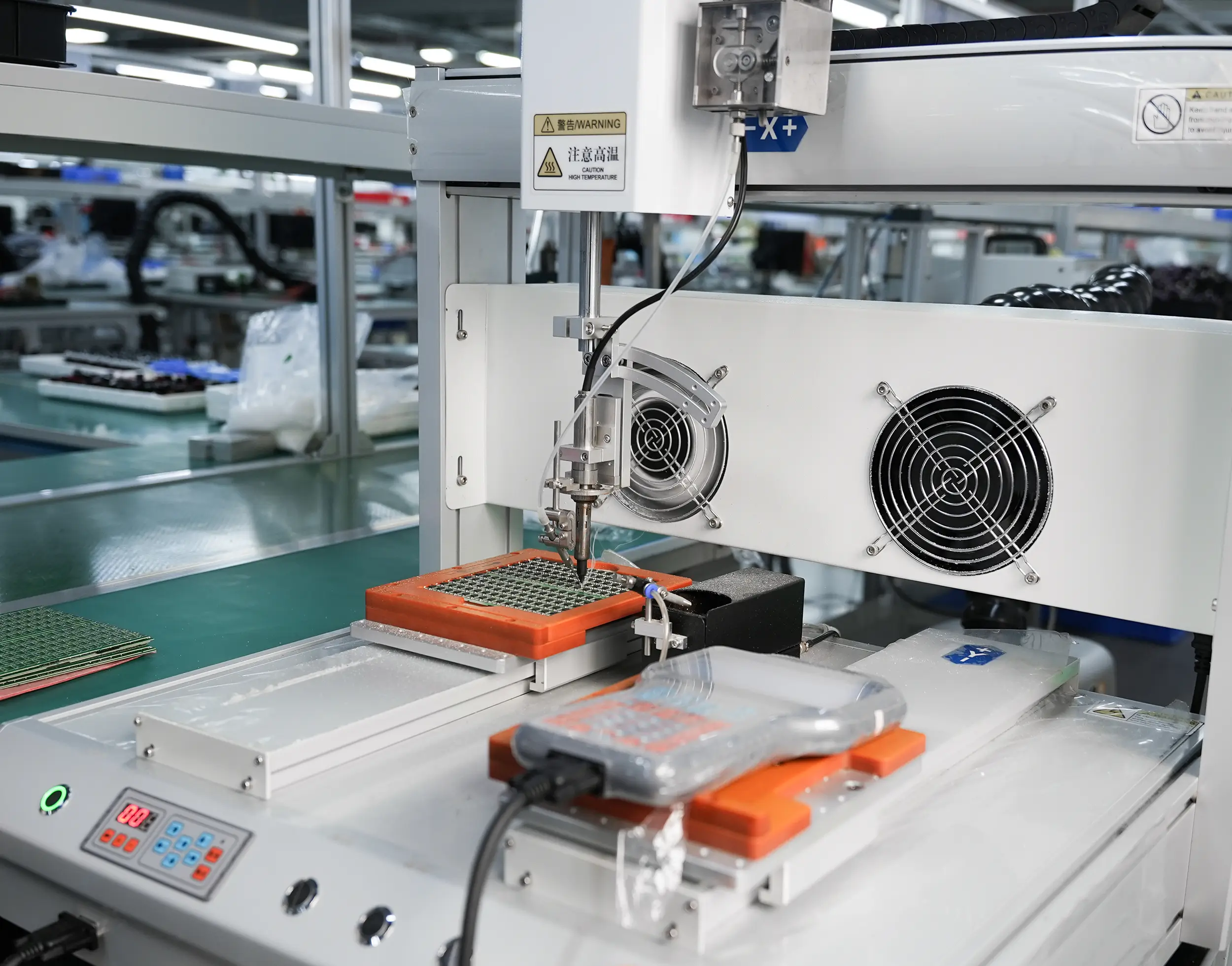Let’s talk about making things move. Not just any movement—precise, controlled, and repeatable motion. That’s where servo motors come in. These tiny powerhouses are the unsung heroes of robotics, animatronics, and even your everyday gadgets. Pair them with an Arduino Nano, and suddenly you’ve got a pocket-sized toolkit for creating anything from a robotic arm to a sun-tracking solar panel. But how do you bridge the gap between theory and motion? Let’s roll up our sleeves and write some code.

Why Arduino Nano and Servos?
The Arduino Nano is the underdog of microcontrollers. It’s small, affordable, and packs enough punch to handle servo control without breaking a sweat. Servo motors, unlike regular DC motors, let you dictate exact angles (typically between 0° and 180°). They’re perfect for projects where precision matters—like adjusting a camera angle or steering a mini rover.
But here’s the catch: servos need pulse-width modulation (PWM) signals to work. The Arduino Nano’s digital pins can generate these signals, but not all pins are created equal. Pins marked with a tilde (~)—like D3, D5, D6, D9, D10, and D11—are your PWM-capable heroes. Choose one, and you’re golden.
Let’s Build the Basics: Sweeping Servo
We’ll start with a classic: making a servo sweep back and forth. This is the “Hello, World!” of servo projects.
Hardware Setup:
Connect the servo’s brown/black wire to Arduino’s GND. Red wire to 5V. Yellow/orange wire (signal) to PWM pin D9.
The Code: ```cpp
include
Servo myServo; int pos = 0;
void setup() { myServo.attach(9); }
void loop() { for (pos = 0; pos <= 180; pos += 1) { myServo.write(pos); delay(15); } for (pos = 180; pos >= 0; pos -= 1) { myServo.write(pos); delay(15); } }
Breaking It Down: - `#include `: Imports the Servo library, which simplifies PWM control. - `myServo.attach(9)`: Tells the library which pin drives the servo. - The `for` loops increment/decrement the angle (`pos`), creating the sweep effect. Upload this, and your servo should dance like it’s at a robot disco. But what if it doesn’t? Let’s troubleshoot: - Jittery movement? Check your power supply. Servos can draw more current than the Nano’s 5V pin provides. Use an external power source for the servo if needed. - Not moving at all? Verify wiring. A swapped GND and signal wire can leave your servo stubbornly still. ### Real-World Twist: Add a Potentiometer Let’s level up by adding user control. Grab a potentiometer (a rotary knob) to manually adjust the servo angle. Circuit Update: - Connect the potentiometer’s outer pins to 5V and GND. - The middle pin to Arduino’s analog pin A0. Code Modifications:
cpp
include
Servo myServo; int potPin = A0;
void setup() { myServo.attach(9); }
void loop() { int potValue = analogRead(potPin); int angle = map(potValue, 0, 1023, 0, 180); myServo.write(angle); delay(20); } ```
How It Works:
analogRead(potPin) reads the potentiometer’s voltage (0–5V) as a value between 0 and 1023. map() converts this to a 0–180° range. Now, turning the knob directly controls the servo.
This isn’t just a party trick—it’s the foundation for custom controllers, adjustable mounts, or even retro-style analog interfaces.
(Continuing in the next message due to word limit…)











































